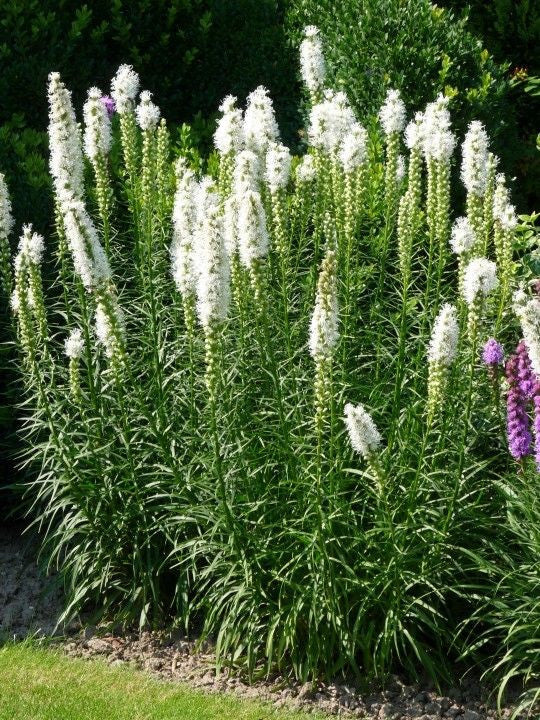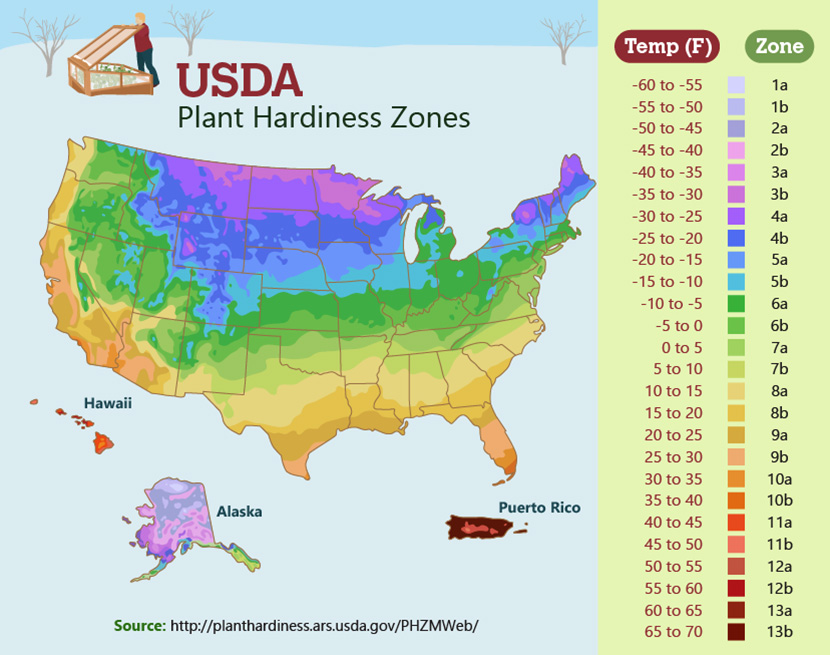
LIATRIS SPICATA 'ALBA' WHITE BLAZING STAR BUTTERFLY PLANT FLOWER BULB PERENNIAL
5 BULBS * 10 BULBS * 20 BULBS * OR 50 BULBS
- Botanical Name: Liatris spicata 'Alba'
- Common Name: Blazing Star, Gayfeather
- Bloomtime: July to August
- Flower: Showy, Good Cut, Good Dried
- Plant Height: 2 to 4 feet
- Foliage: Dark green
- Plant size: Dormant Bulb 10/12 cm in circuference
- Requirements: Full Sun. Average, dry to medium, well drained soil.
- Suggested use: Butterfly garden, Native plant garden, Cottage garden, Meadow
- Life-cycle: Perennial
- Multiply: Yes
- USDA Hardiness Zone: 3-8
Tolerate: Drought, Clay Soil
Culture
Easily grown in average, medium, well-drained soils in full sun. Somewhat tolerant of poor soils, but prefers moist, fertile ones and generally performs better in moist soils than most other species of Liatris. Intolerant of wet soils in winter. Tolerant of summer heat and humidity. May be grown from seed, but is slow to establish.
Noteworthy Characteristics
Liatris spicata, commonly called blazing star, dense blazing
star or marsh blazing star, is a tall, upright, clump-forming perennial
which is native to moist low grounds, meadows and marsh margins. In
Missouri, it has only been found in Oregon County on the Arkansas border
(Steyermark). It typically grows 2-4' tall in cultivation, but can
reach a height of 6' in some parts of its native habitat. Features
terminal spikes (6-12" long) of sessile, rounded, fluffy, deep purple
flower heads (each to 3/4" across) appearing atop rigid, erect, leafy
flower stalks. One or more stalks arise from a basal tuft of narrow,
grass-like, medium green leaves (to 12" long). Stem leaves gradually
decrease in size toward the top. Blooms in summer. Liatris
belongs to the aster family, with each flower head having only fluffy
disk flowers (resembling "blazing stars") and no ray flowers. The
feathery flower heads of liatris give rise to another common name of
gayfeather.
Genus name of unknown origin.
See also L. spicata 'Kobold' which is a popular compact cultivar that is less likely to need staking than the species.
Garden Uses
Mass in perennial borders, native plant gardens, cottage gardens and prairie areas.
Knowing your Hardy Zone
Below is a USDA Hardiness zone map. Simply pick your state, pinpoint the area in which you live then match your color with the color coded chart to find your hardiness zone. I'll use myself (area) as an example; I have a plant that is hardy in zones 3-9 and am located in North Idaho. On the map it shows that my color is dark green which is zone 6a so following the planting and care instructions given for this plant, I will have great success in growing this plant in my garden!

